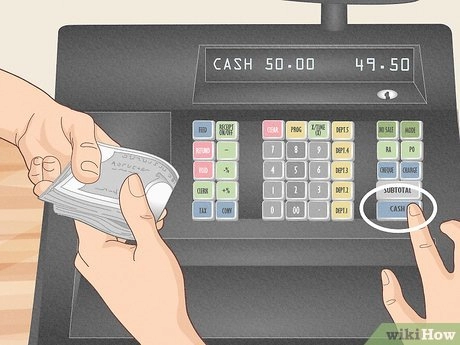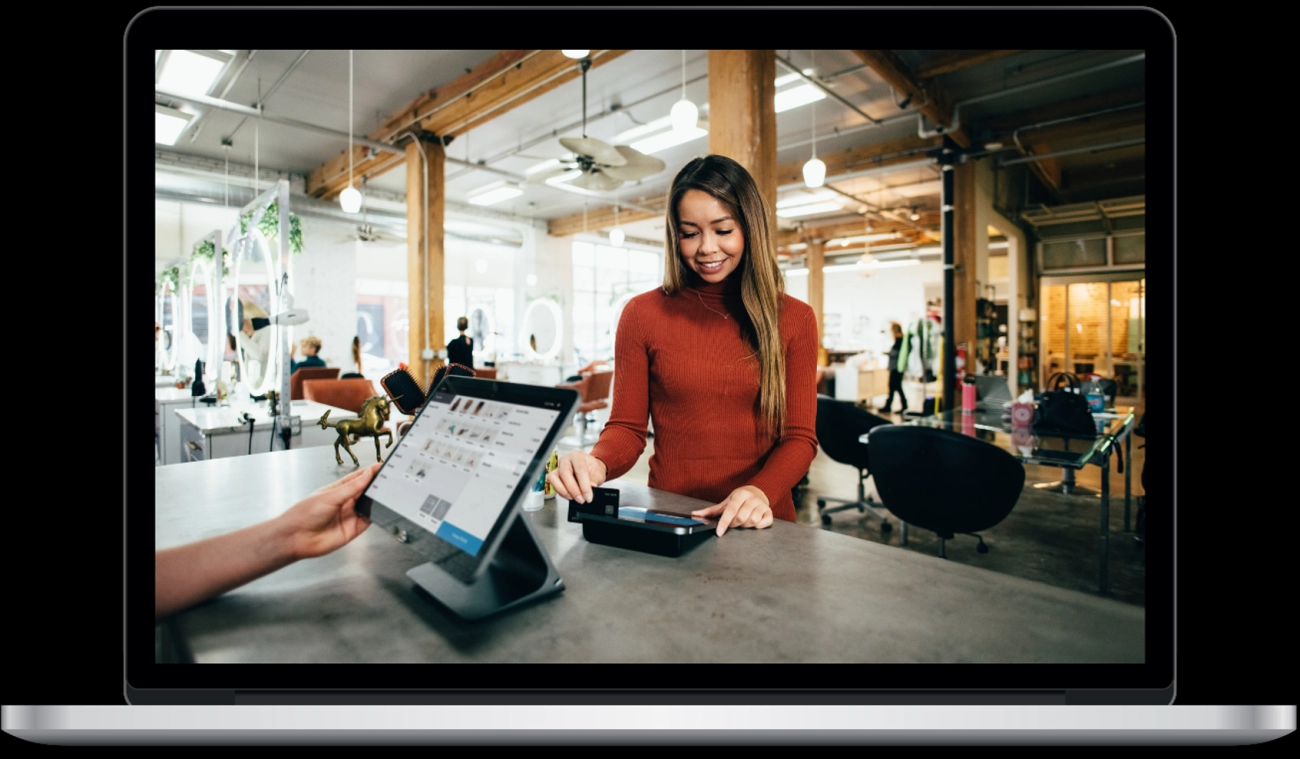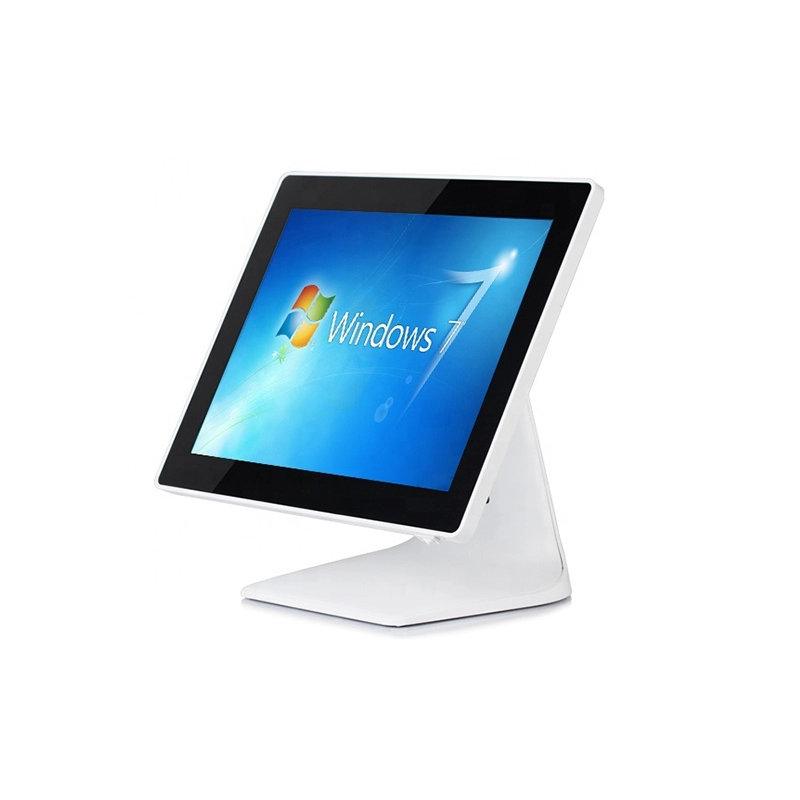How to Work at Cash Register Step by Step With SDLPOS Features

Are you wondering how to work at a cash register like a pro? Mastering cash register operation is a game-changer for retail and hospitality businesses, ensuring smooth transactions and happy customers. As a business owner or new cashier, I know getting the hang of the checkout process can feel daunting. That’s why I’m sharing a clear, practical guide based on real-world experience to help you succeed.
In this post, you’ll discover step-by-step tips for using a cash register, handling payments, and avoiding common mistakes—plus how SDLPOS hardware makes it all easier. Let’s jump in!
The Basics of a Cash Register Understanding Core Components and Types
If you’re wondering how to work at a cash register, it helps to start with the basics. Knowing what a cash register is and how its parts come together can make operating one much smoother.
What is a Cash Register and Its Core Components
A cash register is a machine used at checkout points to process sales transactions. It helps track what customers buy, calculates totals, accepts payments, and prints receipts.
The core components of a cash register include:
- Display: Shows item prices, totals, and transaction details. Modern displays are often touchscreens or digital monitors.
- Keypad: Used to enter product codes, quantities, and payment commands. Some cash registers use physical buttons; others have touchscreen keypads.
- Cash drawer: Where cash and coins are stored. It opens automatically during cash transactions and closes securely to prevent theft.
- Receipt printer: Prints transaction receipts for customers, confirming purchases and amounts paid.
Types of Cash Registers
Cash registers vary widely depending on business size and needs. Here are the main types you’ll find:
- Traditional cash registers: Basic devices designed for cash-only or simple sales. They include a keypad and mechanical cash drawer but may lack barcode scanning or digital receipts.
- POS systems (Point of Sale): Advanced setups combining hardware and software. POS systems handle sales, inventory tracking, customer data, and often integrate payments digitally.
- Hybrid systems: A balance between traditional registers and full POS setups. These support barcode scanning and multiple payment types but might not have full inventory integration.
How SDLPOS Hardware Adapts to Various Business Needs
SDLPOS hardware stands out by providing flexible solutions tailored to your business. Whether you run a small retail shop, cafe, or a growing store, SDLPOS cash registers and POS systems offer:
- Customizable configurations for different industries and sales volumes.
- Integration capabilities with inventory management and payment processors, streamlining your checkout process.
- User-friendly designs that reduce cashier training time and speed up transactions.
- Scalable hardware that grows with your business without needing expensive upgrades.
Understanding these basics is your first step toward mastering cash register operation. Next, we’ll walk through step-by-step instructions to use a cash register smoothly and confidently.
Step-by-Step Instructions How to Use a Cash Register

Knowing how to work at a cash register effectively means mastering each step of the checkout process. Here’s a clear guide covering everything from powering on to balancing the drawer.
Power On and Initialize the System
Start by turning the cash register or POS system on using the main power button. Wait for it to fully boot up and load the software, which usually takes a few seconds. This step ensures all hardware components like the cash drawer and receipt printer are connected and ready.
Tip: Some systems require you to run a quick system check or update – allow this before starting your shift to avoid interruptions.
Logging In and Registering the Cashier
Next, log in with your cashier ID or employee credentials. This step tracks who’s operating the register and helps with accountability during cash drawer balancing. Many POS systems, including SDLPOS, have user-friendly login screens requiring simple PIN input or swipe access cards.
Entering Product Codes or Scanning Barcodes
To ring up items:
- Scan barcodes using the barcode scanner for quick, error-free identification.
- Or manually enter product codes on the keypad if the barcode is missing or unreadable.
This process adds items to the transaction screen, showing prices and quantity clearly to avoid mistakes.
Handling Payments Cash Credit Debit Card and Mobile Payments
When it’s time to pay:
- For cash payments, enter the amount tendered, then open the cash drawer to give change.
- For credit/debit cards, swipe or insert the card into the terminal and follow prompts for PIN or signature.
- Mobile payments (Apple Pay, Google Pay, etc.) are accepted via NFC-enabled devices integrated into SDLPOS hardware for fast, contactless checkout.
Remember to verify the payment is approved before completing the sale.
Applying Discounts Refunds or Voids
In case of discounts or returns:
- Use the register’s discount button or manual price override to apply promotions.
- For refunds or voids, access the transaction history, select the item or sale to void, and confirm the reversal.
Clear procedures here help avoid confusion and maintain accurate sales records.
Printing and Handling Receipts
After payment, print the receipt using the built-in receipt printer.
- Tear off the receipt cleanly.
- Offer it to the customer or bag it with their purchase.
Tip: Some setups allow email or text receipt options, which is handy in today’s paper-conscious environment.
Closing a Transaction and Balancing the Drawer
Once done, finalize the sale on the register and close the transaction. The system will update inventory and sales reports automatically.
At shift end or cash-out:
- Count the cash in the drawer thoroughly.
- Compare it against the register’s recorded sales and payments to spot any discrepancies.
- Record the balance and prepare the drawer for the next cashier.
Balancing the cash drawer carefully minimizes mistakes and improves overall cash handling accuracy.
Following these steps builds confidence and efficiency at the checkout, making every transaction smooth for both you and your customers. Using SDLPOS cash registers and POS systems simplifies many of these tasks with intuitive interfaces and powerful features designed for retail environments in the U.S.
Best Practices When Working at a Cash Register Efficient cash register operation guide
Working the cash register involves more than just ringing up sales. To maintain smooth operations and keep customers happy, follow these best practices focused on accuracy, communication, and efficiency.
Maintain Accurate Cash Handling and Avoid Errors
Handling cash correctly is critical to preventing mistakes and loss. Here’s how to stay accurate:
- Count cash carefully when giving change, double-checking bills and coins.
- Use the cash drawer strictly for transactions—avoid mixing personal items to prevent confusion.
- Keep the drawer closed as much as possible and only open it when necessary.
- Verify prices and product codes before finalizing to reduce transaction errors.
- Immediately correct any mistakes, such as wrong entries or money tallies, to keep records clean.
- Follow the cash register system prompts during refunds, voids, or discounts to ensure they’re properly recorded.
Communicate Clearly and Stay Friendly During Checkout
Customer interaction at the register directly impacts their shopping experience. To keep it positive:
- Greet customers warmly and maintain eye contact.
- Speak clearly and explain totals, discounts, or loyalty points calmly.
- If a mistake happens, acknowledge it kindly and resolve it quickly.
- Use polite, simple language when answering questions or handling issues.
- Keep the tone professional but approachable, so customers feel valued.
Stay Organized During Busy Times
Busy periods can be stressful, but staying organized helps avoid confusion and speed up sales:
- Arrange items scanned or entered neatly to avoid missing or double entries.
- Keep your workspace clean and free from clutter to access the register and supplies easily.
- Plan your flow: bag items consistently and have change ready before the customer’s payment.
- Prioritize one customer at a time and avoid distractions to reduce errors.
- When you feel overwhelmed, take a quick breath, and refocus to maintain accuracy.
Speed Up Transactions Without Sacrificing Service Quality
Efficiency does not mean rushing or compromising customer service. Here are tips to balance speed and quality:
- Master common register functions like scanning barcodes, applying discounts, and keying in product codes.
- Use shortcuts on your POS system for common tasks or popular items to save time.
- Keep loyalty programs and promotions handy to apply quickly.
- Encourage customers to have payment ready when possible.
- Train yourself to multitask between scanning, bagging, and chatting briefly to keep the line moving.
- Use SDLPOS hardware that integrates payment and inventory systems to reduce manual entries and errors.
By combining precise cash handling, clear communication, and a structured workflow, you can run the cash register smoothly and keep every transaction error-free and customer-friendly.
Troubleshooting Common Cash Register Issues

Working at the cash register means sometimes running into problems. Knowing how to handle these quickly keeps the checkout moving smoothly and customers happy. Here’s a guide to troubleshoot common issues with your SDLPOS cash register hardware.
Paper Jams and Printer Problems
Paper jams in the receipt printer are one of the most frequent issues. Here’s how to fix them fast:
- Open the printer cover carefully and remove any stuck paper.
- Check the paper roll to make sure it’s loaded correctly, with the printable side facing the right direction.
- Use only SDLPOS-approved thermal paper to avoid jams.
- Close the cover firmly and run a test print.
If the printer still has problems, clean the printer head gently with a soft cloth to remove dust or residue.
Incorrect Pricing or Transaction Errors
Sometimes prices might show up wrong or transactions don’t record correctly. To troubleshoot:
- Double-check that the product codes or barcodes are entered or scanned correctly.
- Verify that pricing updates are uploaded from your inventory system.
- If an item is showing the wrong price, void the transaction and re-enter the item.
- For errors during payment, review the transaction details before finalizing.
- Keep your SDLPOS software updated to avoid glitches related to pricing.
Cash Register Freezing or Technical Glitches
If the cash register freezes or becomes unresponsive:
- Restart the system by turning it off and on again.
- Close unnecessary programs or tabs if you are using a touchscreen POS system.
- Check your internet connection if the register relies on cloud-based software.
- Run any available system diagnostics provided by SDLPOS hardware.
Regular maintenance and software updates will reduce freeze-ups and glitches.
When and How to Request Technical Support from SDLPOS
Knowing when and how to reach out for help can save time and keep your checkout running:
- Contact SDLPOS support if hardware components like the cash drawer or barcode scanner fail.
- Reach out for unresolved software errors or ongoing transaction problems.
- Prepare information like your device model, software version, and a description of the issue before calling.
- Use SDLPOS training and support resources online for step-by-step guides and video tutorials.
- Keep support contacts handy in case of emergencies during busy hours.
By staying on top of these common issues and knowing when to get help, you can maintain smooth cash register operation and great customer service all day.
Training and Preparing New Cashiers for Cash Register Use
Getting new cashiers up to speed quickly is essential for smooth store operations and excellent customer service. Here’s how to train your staff efficiently on cash register operation, especially using SDLPOS hardware.
Quick Start on Cash Register Use
- Start with the basics: Explain the core components of the cash register, like the display, keypad, cash drawer, and receipt printer. Have them identify each part firsthand.
- Walk through key tasks: Show them how to power on the system, log in, scan barcodes, enter product codes, and process different payment types (cash, credit, debit, and mobile wallets).
- Use a step-by-step approach to teach transaction flow—from ringing up items to applying discounts, issuing refunds, and printing receipts.
- Hands-on practice is crucial—let new cashiers handle real or simulated transactions to build confidence and accuracy.
Importance of Hands-On Practice and Familiarity with Hardware
- Familiarity with the SDLPOS cash register hardware reduces errors and speeds up checkout.
- Practice common scenarios, like handling cash drawer management, voiding a sale, or correcting a price error.
- Encourage new cashiers to explore the features that help simplify their work, such as the cash drawer electronic controls and integrated payment processing.
- Repetition helps build muscle memory and makes transitions during busy periods smoother.
Leveraging SDLPOS Customer Support and Training Resources
- Take advantage of the SDLPOS customer support team for training assistance and troubleshooting tips.
- SDLPOS offers online guides, videos, and live support tailored to make learning easier.
- Encourage cashiers to review the SDLPOS instructional materials regularly to stay updated on best practices.
- Utilizing these resources ensures cashiers are not only trained quickly but can also get help when unexpected issues arise.
By combining clear instruction, hands-on experience, and ongoing support with SDLPOS hardware, you’ll set your cashiers up for success fast and keep your checkout running smoothly. For additional help understanding how SDLPOS cash registers work and managing cash drawers, check out how does a cash register work and cash drawer electronic.
Optimizing Checkout with SDLPOS Cash Register Hardware Solutions
When it comes to running a smooth checkout, SDLPOS hardware is designed to make your cash register operation simple and efficient. Whether you’re a small business or a growing retailer, the right tools can boost accuracy, speed, and customer satisfaction.
Key Features That Simplify Cash Register Operation
SDLPOS cash registers come with powerful features that reduce errors and save time:
- User-friendly interfaces that make it easy to enter products, scan barcodes, and apply discounts.
- Integrated receipt printers and cash drawers that work seamlessly together, minimizing transaction times.
- Multiple payment options, including cash, credit/debit cards, and mobile payments, all supported directly from the register.
- Real-time inventory updates every time a sale is made, which helps prevent stockouts and keeps your inventory accurate.
- Customizable settings to fit your business needs, like quick access for frequently sold items or specialized tax handling.
Benefits of Integrating SDLPOS Cash Registers With Inventory and Payment Systems
One big advantage of SDLPOS hardware is its ability to connect with your inventory and payment systems, creating one smooth workflow.
- Keeps your inventory synced automatically, eliminating manual updates.
- Simplifies transaction management so sales data flows straight into your business reports.
- Supports secure payment processing, reducing mistakes and fraud.
- Loyalty program integration and customer tracking lets you offer discounts and rewards directly at checkout.
- Helps maintain compliance with US payment security standards, an important factor for protecting customer data.
Scalability for Growing Businesses
Your business might start small, but SDLPOS is built to grow with you. Whether you expand your locations or add new registers, SDLPOS supports seamless scaling:
- Modular hardware lets you add components as needed without replacing your whole system.
- Cloud-based management means you can monitor sales and inventory across all locations in real time.
- Flexible software updates keep your system current with the latest retail trends and payment options.
- Reliable tech support ensures your growth is backed by expert help whenever needed.
By choosing SDLPOS cash registers, you’re not just getting hardware—you’re investing in a full checkout solution designed for efficiency, accuracy, and future growth.
For more insights on how to use a cash register effectively, check out how do you use a cash register and explore cash registers for small businesses tailored to your needs.

One thought on “How to Work at Cash Register Step by Step With SDLPOS Features”